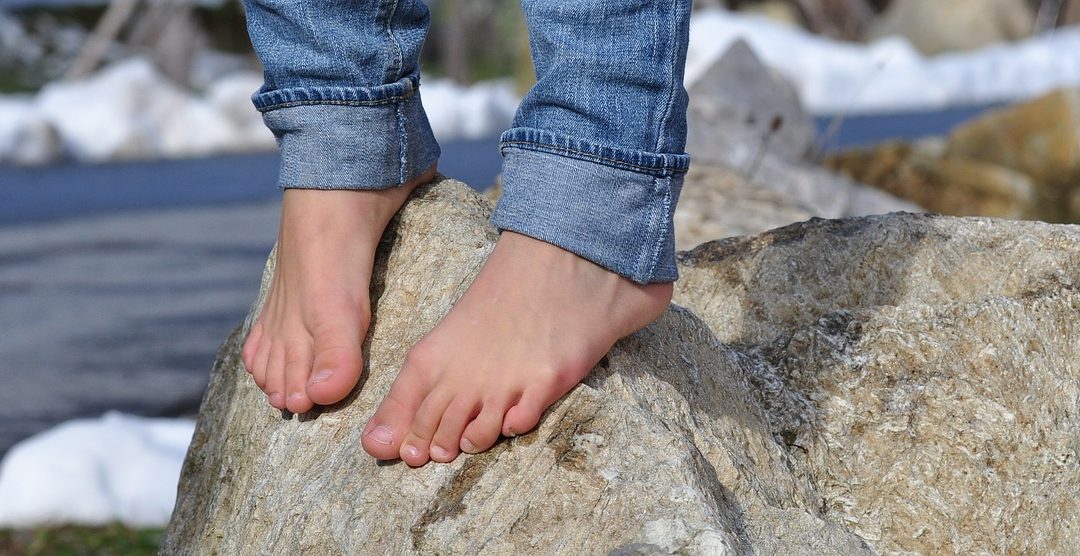A common sense approach and solution to your Foot pain.
When you hurt your shoulder we restore mobility and strengthen the cuff. When you hurt your back we restore mobility above and below the area and teach you how to stabilise and strengthen the muscles that control it. The same thing with the hip, the knee, the elbow and even the hand. When it comes to the foot the standard approach is different. It is typically supported, encased in a coffin and it is accepted that we have weak feet or ankles. It doesn’t make sense and is a good example of when common sense isn’t common practice.
This needs to change. We take thousands of steps a day. I think it’s important that we have strong adaptable feet. Placing a stiff heavy orthotic under the arch is one way to make them weak and dysfunctional. Sometimes this is absolutely necessary, particularly if there is a structural change that demands it. Or, temporarily to unload an irritated structure. However, most of the time it is unnecessary and if a form of support is justified we need to ask the very important question of why it doesn’t come with a plan to strengthen feet to restore there function. If i gave you a knee brace for your knee pain and said that you needed to wear that for the rest of your life without any form of rehabilitation I’m sure you’d find another Physiotherapist. I’d fire me too.
The Solution
I am not trying to sledge an entire profession. I strongly believe that the human body is innately resilient. I believe in finding better ways to improve health and performance. Earlier this year I spent some time with Tim Brandson from the Running Lab in his Strongfeet program and Running Coach/Practitioner Program. Tim is a Podiatrist challenging his profession’s standard view that the human foot needs to be supported. He shared principles and methods of restoring the function of the human foot. What he presented resonated with me as the principles of restoring functional movement throughout the human body were exactly the same…why shouldn’t it be?
Ensure there is mobility, restore stability or motor control then strengthen the foot. It’s not rocket science and I’ve had incredible success implementing these principles to foot rehabilitation since. So much so that basic foot function assessment has become part of my standard operating procedures in initial examinations. The flow on effect of a functional or dysfunctional foot up the chain is remarkable. A dysfunctional foot should not be left on the table, ever.
The “catch” with this approach is that no therapist can “fix” you. He/She can only guide you as you must comply with specific exercises to progress to good foot function. If I lost you with that one, don’t worry, there is always an orthotic or high tech device that you can become reliant on. For everyone else, there is a better way.
If you would like some guidance with restoring the health and function of your feet, contact us today.
Erik Pobre
M. Physiotherapy SFMA | FMS
BSc. Exercise & Sport Science
BSc. Nutrition – Dietetics
StrongFeetTM – Certified

Recent Comments